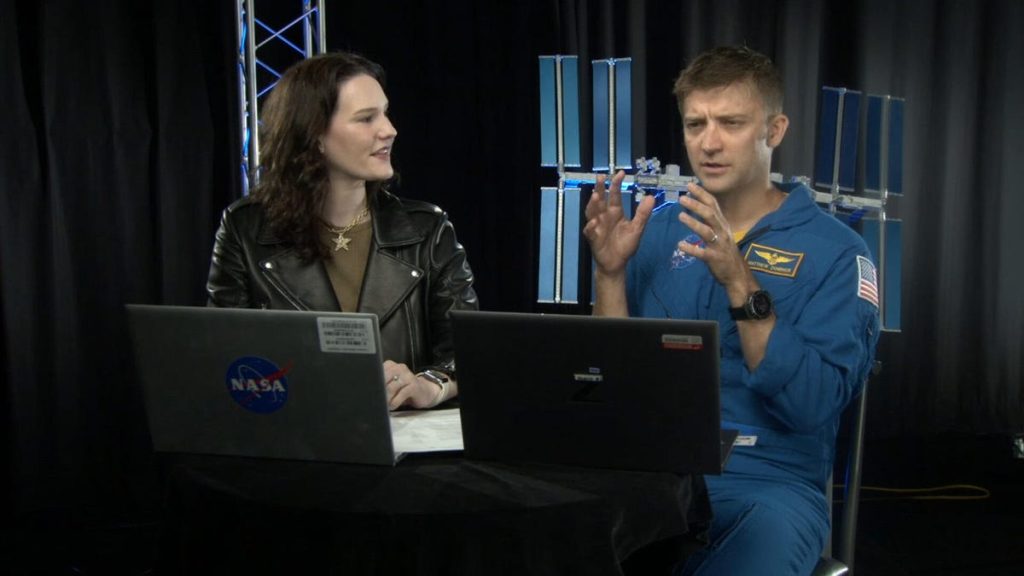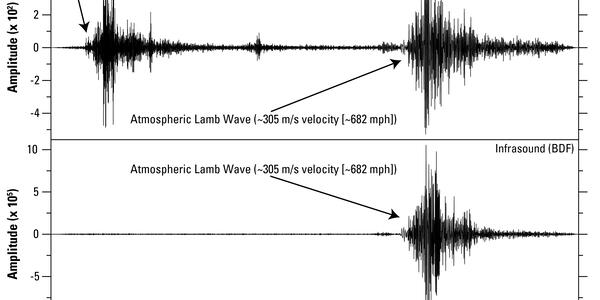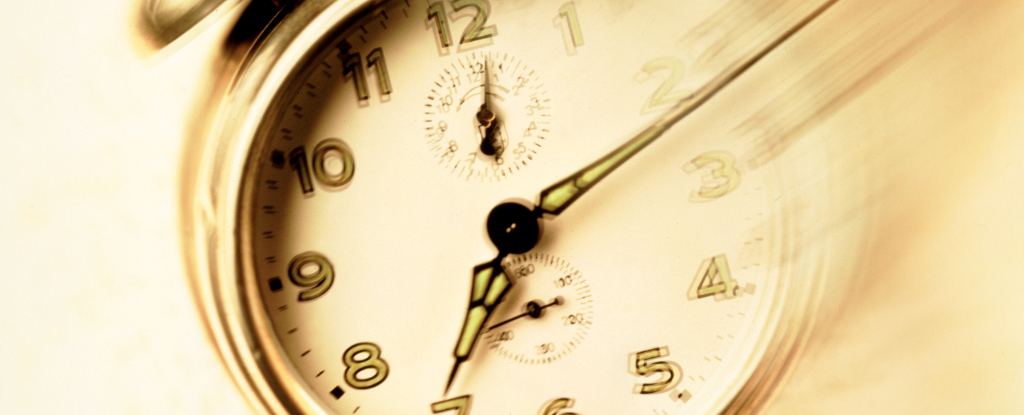Five Things We Learned From NASA’s First Interactive Twitch Stream From Space – CNET

NASA astronauts Don Pettit and Matt Dominick talked puking after returning to Earth, drinking recycled coffee in space and about those two stranded astronauts on the ISS.
NASA’s Leah Cheshier and astronaut Matt Dominick were part of the stream.When you think of livestreaming service Twitch, you might associate it with gamers, influencers and even politicians playing video games live for all to see. But on Wednesday, Twitch leaped into space, conducting a first-of-its-kind live stream with a NASA astronaut from the International Space Station.The stream took place on NASA’s official Twitch channel and featured one astronaut currently in space and another who’s back on Earth, with both engaging with viewers live on the platform.The currently-in-space host was NASA astronaut Don Pettit, who joined the ISS crew back in September as part of the Expedition 72 launch. Pettit is known for the amazing space photos he frequently posts on social media. He was joined by NASA astronaut Matt Dominick, who’s currently on Earth after returning with Crew-8 in October after being delayed by Hurricane Milton. Dominick has also taken some showstopping pictures from the ISS.Here are five things we learned from NASA’s live Twitch stream this week.Astronaut Don Pettit participated in the Twitch stream from the International Space Station.The astronauts answered questions from fans and students all around the US, at one point addressing what it was like to return to Earth after spending time in space. Pettit mentioned that it takes about a day for him to achieve “stomach awareness,” which he described as a polite way of saying “puking your guts up.” Dominick echoed this sentiment.Dominick spoke about how fast the ISS moves around Earth, and how it affects the time he has to take photos. In one instance, he was tasked with taking a picture of Hurricane Milton from space, and said he only had about 30 seconds to do it because the ISS moves “ludicrously fast.”Pettit joined the stream about 10 minutes in and the two astronauts immediately began to discuss the intricacies and difficulties of taking photographs from space. The two talked about taking thousands of pictures — particularly thunderstorms — to get pictures of red sprites, which are luminous flashes that appear above active thunderstorms. Both have been successful in photographing red sprites in the past but have been more successful in photographing blue jets, a type of lightning that shoots upwards from thunderstorms.Pettit also showed off his photography setup, which includes a Nikon Z9 with a variety of lenses on a heavy-duty mount. As Pettit attempted a physics demonstration with a yo-yo, the ISS lost contact with its satellite, ending the astronaut’s brief Twitch stream debut. Pettit is the designer of the ISS’s capillary cup, which allows astronauts to drink coffee (and enjoy its pleasant fragrance) on the ISS without the hot beverage escaping. Pettit’s desire to drink in space without using the awkward bag-and-straw method inspired the idea.According to Dominick, this wasn’t an assigned task. Pettit invented it on a whim. Per Dominick, Pettit often says that “today’s coffee is tomorrow’s coffee” since most water, including waste like urine, is recycled and reused over and over again. Over 90% of water waste is recycled to be reused again. Dominick was asked about astronauts Suni Williams and Butch Wilmore, who have been two extra guests on the ISS since June, due to the Boeing Starliner not being able to carry its two passengers home. He said that there were plenty of supplies on the ISS and that resource allocation, water and oxygen were not an issue at all. However, if a similar issue happened during a mission to the moon or Mars, it would be much more dangerous and resource-restrictive. Dominick noted that scientists on Earth design the experiments, and the astronauts are trained to perform them.”A lot of times, I have no idea what we’re doing,” he said.Dominick finished up the discussion by talking about stress and mental health. Astronauts on the ISS are encouraged to participate in a variety of activities to maintain their mental health. For Dominick, taking photographs was a hobby that helped him fill his off-hours and reduce stress.Cheshier ended the stream by encouraging people to check out Aurorasaurus and Spot the Station, two resources that help you see the aurora borealis better and find the ISS when it flies over your area. In many ways, the stream was like any other on Twitch, except this one let people talk to an astronaut 250 miles above the surface of the Earth. The stream can be viewed in its entirety on NASA’s Twitch channel.Twitch chats can be volatile on occasion, but NASA managed to bring enough moderators and nobody got rowdy. The stream maxed out at over 16,000 concurrent viewers.”This Twitch event from space is the first of many,” Brittany Brown, a communications director at NASA, said in a blog post. “In addition to our spacewalks, launches, and landings, we’ll host more Twitch-exclusive streams like this one. Twitch is one of the many digital platforms we use to reach new audiences and get them excited about all things space.”This isn’t NASA’s first Twitch chat from outside the confines of Earth’s atmosphere. The agency has streamed space walks on Twitch and its own NASA+ platform in the past. But this was the first stream where people in the chat had a chance to engage with astronauts, ask questions and otherwise interact with people in space. Prior streams were mostly view-only.






